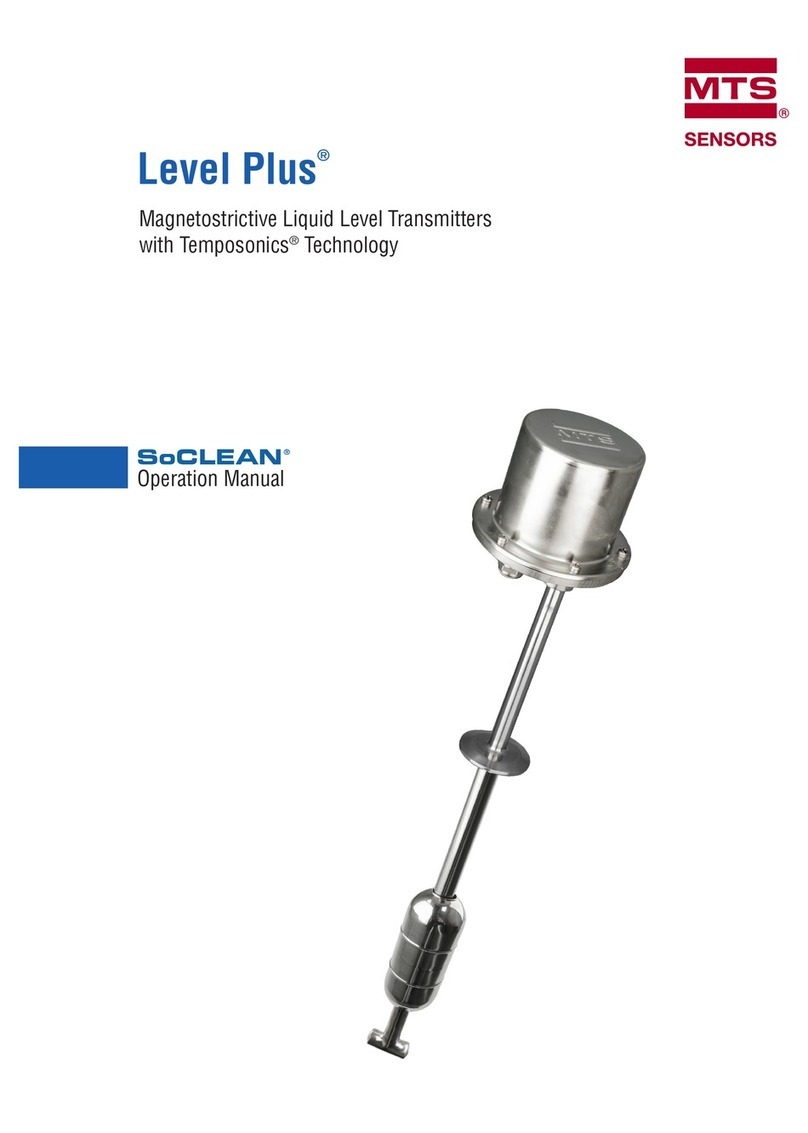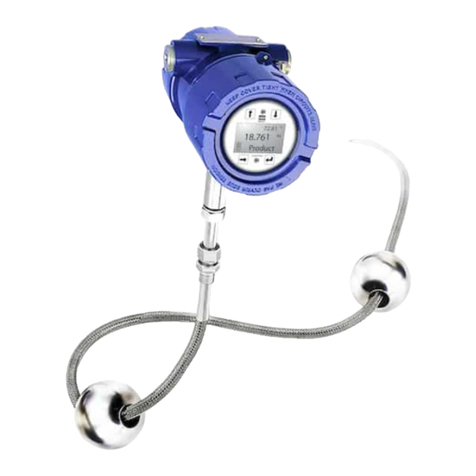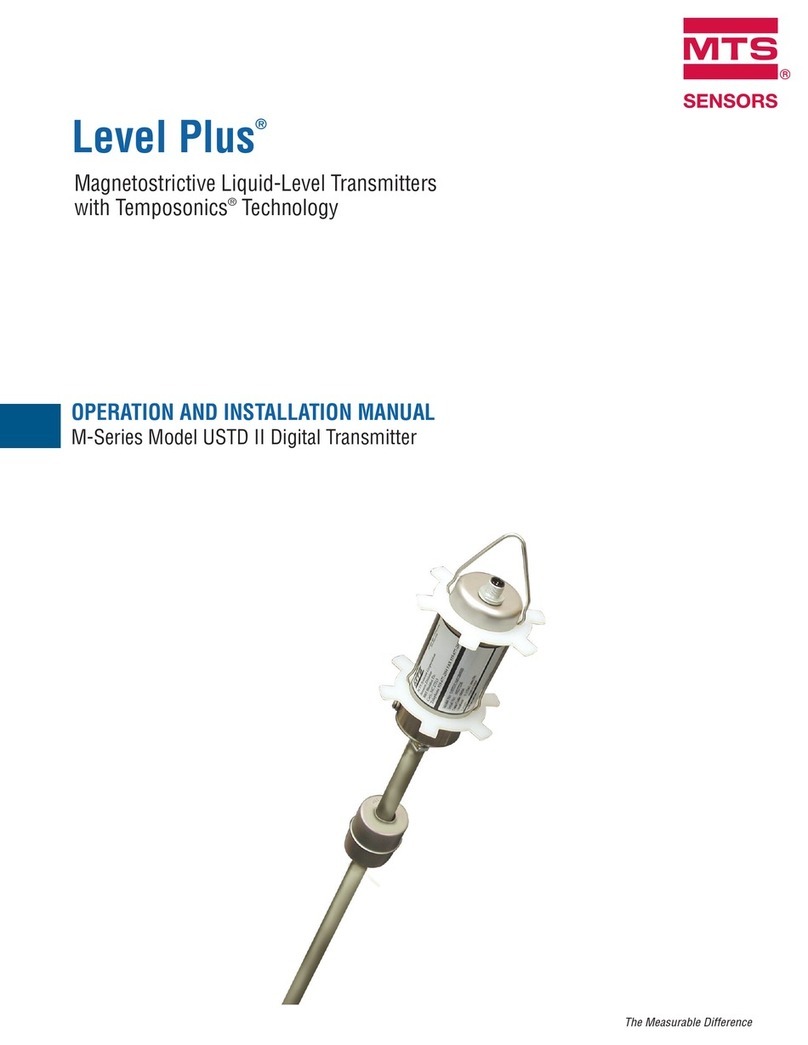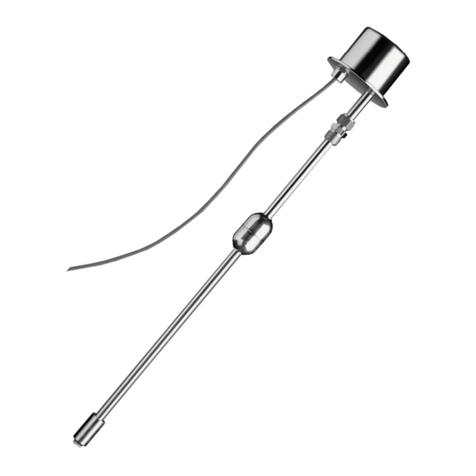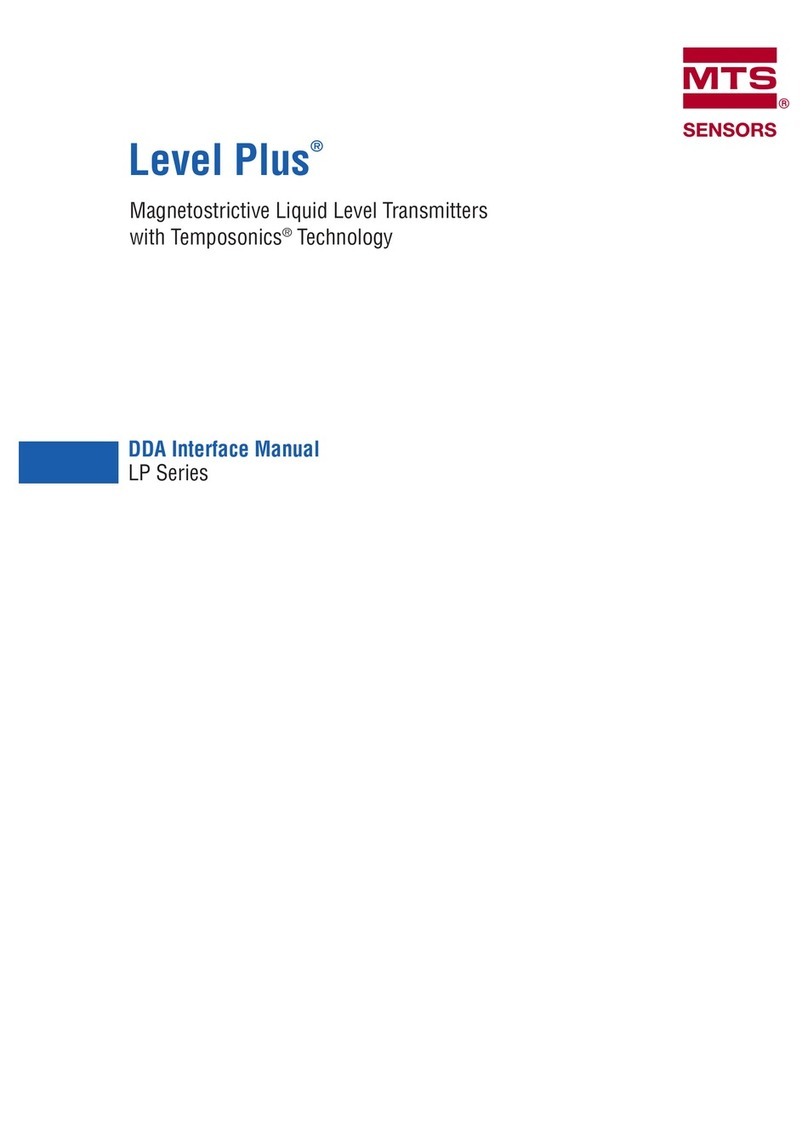
Table of contents
1. Contact information ........................................................................................................................................... 3
2. Terms and definitions ......................................................................................................................................... 4
3. Introduction..................................................................................................................................................... 6
3.1 Purpose and use of this manual ................................................................................................................................................................ 6
3.2 Used symbols and warnings ..................................................................................................................................................................... 6
4. Safety instructions............................................................................................................................................. 6
4.1 Intended use.............................................................................................................................................................................................. 6
4.2 Foreseeable misuse................................................................................................................................................................................... 7
4.3 Installation, commissioning and operation................................................................................................................................................ 7
5. Product overview .............................................................................................................................................. 8
5.1 Components.............................................................................................................................................................................................. 8
5.2 Accuracy.................................................................................................................................................................................................. 10
5.3 Warranty.................................................................................................................................................................................................. 10
5.4 Storage.................................................................................................................................................................................................... 10
5.5 CRN Specifications.................................................................................................................................................................................. 11
5.6 Model number identification.................................................................................................................................................................... 12
5.7 Technical data.......................................................................................................................................................................................... 14
6. Installation and mounting ...................................................................................................................................15
6.1 Training ................................................................................................................................................................................................... 15
6.2 Stilling wells and guide poles .................................................................................................................................................................. 15
6.3 Tools........................................................................................................................................................................................................ 15
6.4 Installation steps ..................................................................................................................................................................................... 15
6.5 Mounting................................................................................................................................................................................................. 16
7. Electrical connections........................................................................................................................................17
7.1 Basic information .................................................................................................................................................................................... 17
7.2 Safety recommendations......................................................................................................................................................................... 17
7.3 Industrial topologies................................................................................................................................................................................ 17
7.4 Cable recommendations.......................................................................................................................................................................... 18
7.5 Electrical conduit..................................................................................................................................................................................... 18
7.6 Grounding ............................................................................................................................................................................................... 19
7.7 Safety barriers......................................................................................................................................................................................... 19
8. Commissioning................................................................................................................................................20
8.1 Training ................................................................................................................................................................................................... 20
8.2 Tools........................................................................................................................................................................................................ 20
8.3 Setup software ........................................................................................................................................................................................ 20
8.4 Commissioning steps.............................................................................................................................................................................. 20
9. Maintenance...................................................................................................................................................21
9.1 Training ................................................................................................................................................................................................... 21
9.2 Tools........................................................................................................................................................................................................ 21
9.3 Inspection................................................................................................................................................................................................ 21
9.4 Preventative maintenance........................................................................................................................................................................ 21
10. Repair.........................................................................................................................................................22
10.1 RMA policy............................................................................................................................................................................................ 22
10.2 Training ................................................................................................................................................................................................. 22
10.3 Tools...................................................................................................................................................................................................... 22
10.4 Troubleshooting..................................................................................................................................................................................... 22
10.5 Setup software ...................................................................................................................................................................................... 22
11. Spare Parts...................................................................................................................................................23
12. Interface ......................................................................................................................................................23
12.1 Modbus ................................................................................................................................................................................................. 23
12.2 DDA....................................................................................................................................................................................................... 23
12.3 HART®.................................................................................................................................................................................................. 23
13. Agency information .........................................................................................................................................24
13.1 Approvals overview ............................................................................................................................................................................... 24
13.2 Certificates ............................................................................................................................................................................................ 26
13.3 FM (NEC)............................................................................................................................................................................................... 26
13.4 FMC (CEC)............................................................................................................................................................................................. 36
13.5 ATEX and IECEx..................................................................................................................................................................................... 50

